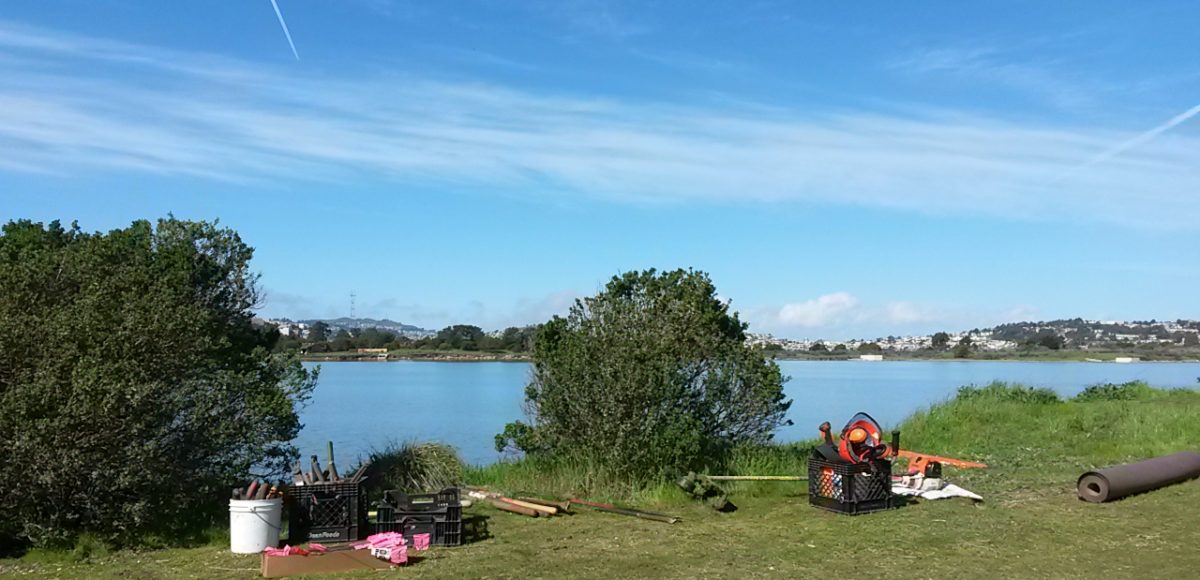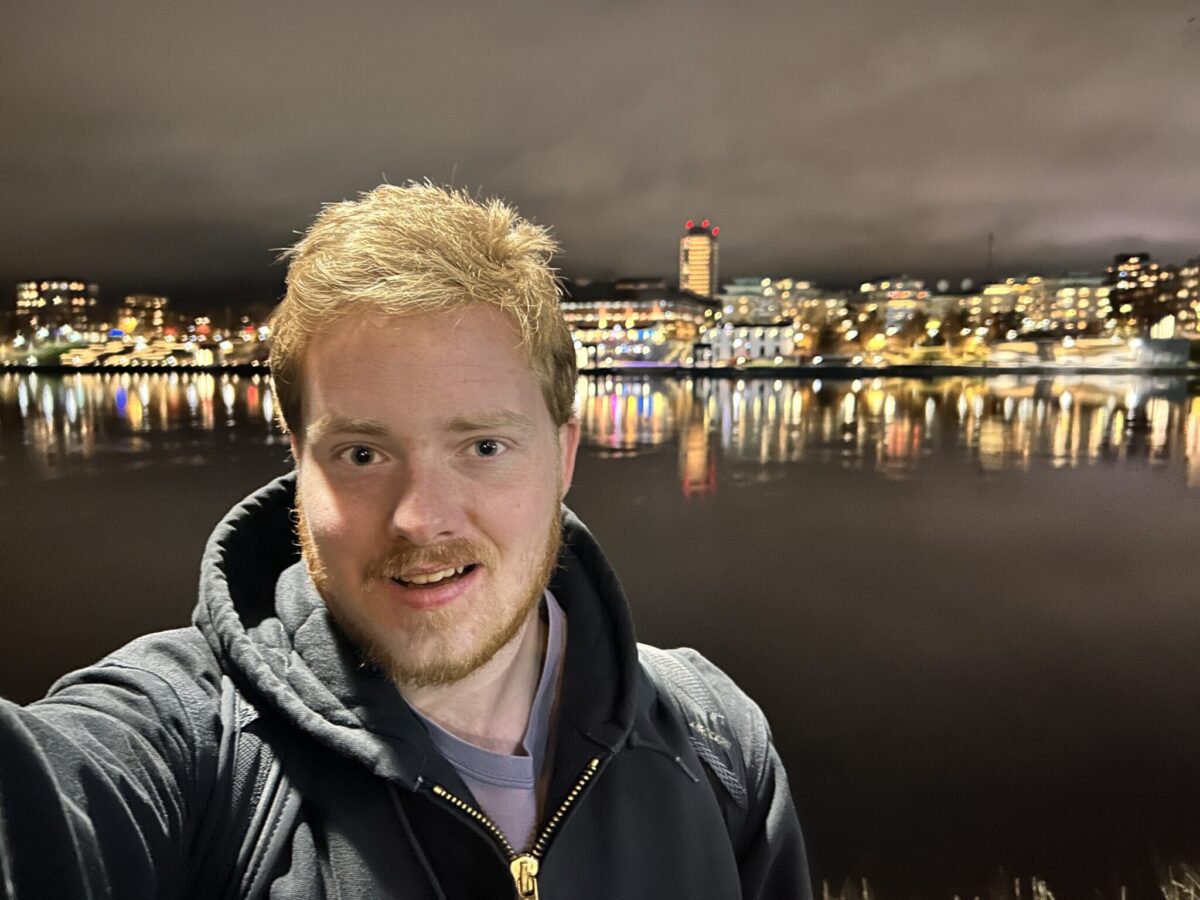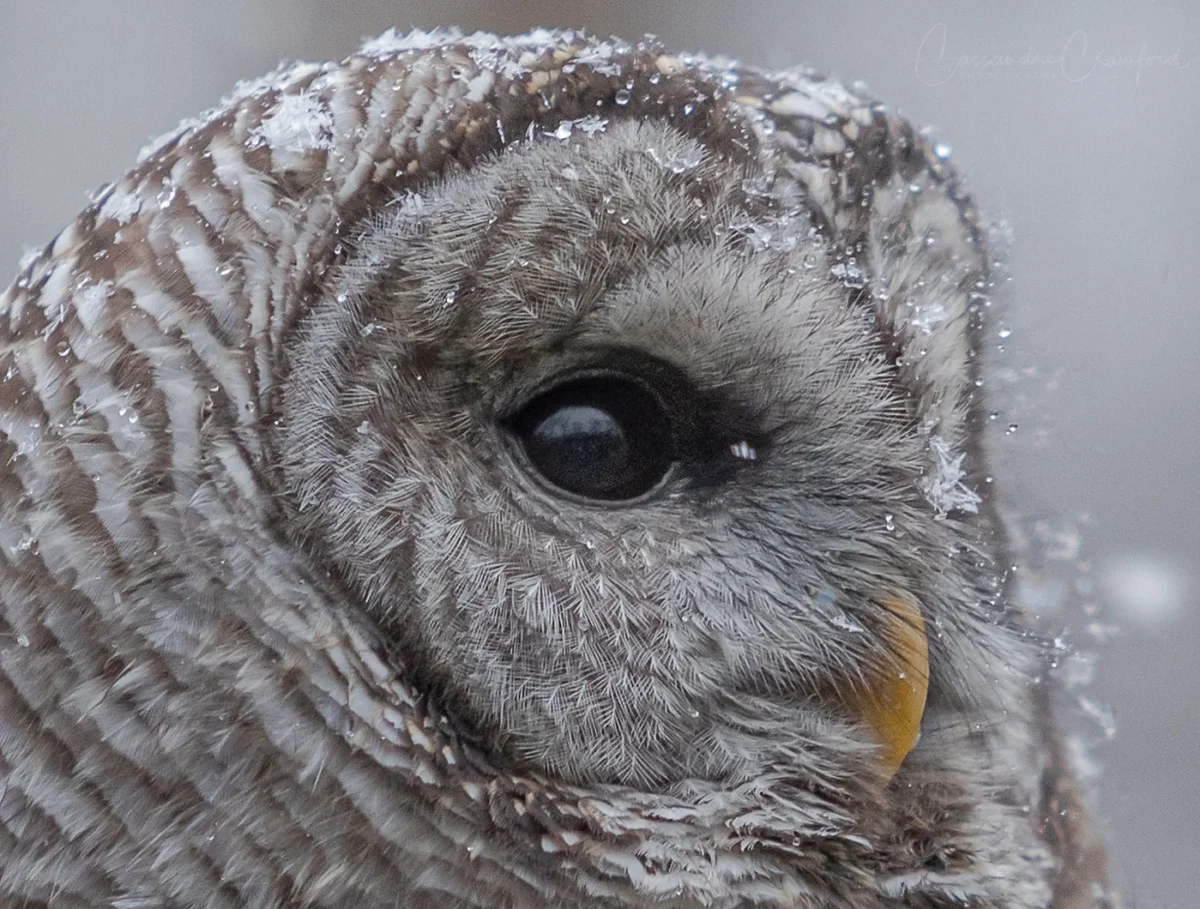For my second co-op, I am working as an intern with a nonprofit organization called Literacy for Environmental Justice in southeast San Francisco. The work LEJ does ranges from activism (they were instrumental in shutting down an old PG&E power plant in Hunter’s Point) to job training for youth (they have a high school internship program called Bay Youth for the Environment in partnership with the California State Parks Foundation) to urban greening and habitat restoration (they run a native plant nursery aimed at repopulating remnant populations of San Francisco’s native ecosystems). LEJ is committed to serving the community of southeast San Francisco, namely the Bayview/Hunter’s Point district, which is a community heavily impacted by environmental racism and toxic waste.

A glassy pond at Candlestick Point.
My work over the course of my internship so far has primarily been centered around habitat restoration. One of LEJ’s current major projects is the restoration of Candlestick Point State Recreation Area, the first urban state park in California. This summer, six campsites will be installed in the park – only the second urban campground in the city of San Francisco. Many of my days have been spent at the park’s Sunrise Point, planting a variety of native plants from the prickly annual Phacelia distans to the hardy and fragrant yarrow.
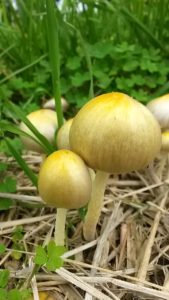
Mushrooms at a planting site.
Time that is not spent putting plants in the ground is devoted to a host of associate tasks, including mulching, weeding, and caring for plants in the nursery. Sometimes we have school groups out – so far I’ve worked with one group of middle schoolers and two separate high school groups, out at Sunrise Point – and LEJ holds volunteer days twice a month. With the school groups, LEJ program staff emphasize the importance of providing a rewarding outdoor experience to youth in a district with a severe lack of open space. It’s a good feeling to be able to help offer this kind of experience to kids with minimal experience with, or exposure to, working with plants.
Many people pass through Candlestick while we work: families, people walking their dogs, a father racing his remote control car against the electric toy car his small son is driving. A lot of people stop to ask what we’re doing; some even recognize the plants we’re planting. After we explain – or sometimes just as they jog by – people often thank us for our work. It makes me hopeful that I’m contributing in some meaningful way to the health and happiness of this community I know so little about.
I don’t think I want to pursue restoration work as a career, but I’m glad to have this experience. Working in this capacity has reshaped the way I think about myself in relation to my environment, both human and ecological, and has prompted me to reflect on the ways in which we can – indeed, are obligated to – pursue equity throughout our society.
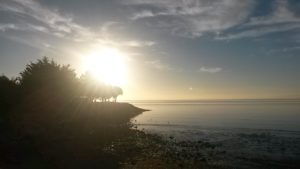
View of Candlestick Point, along my morning bike route.


